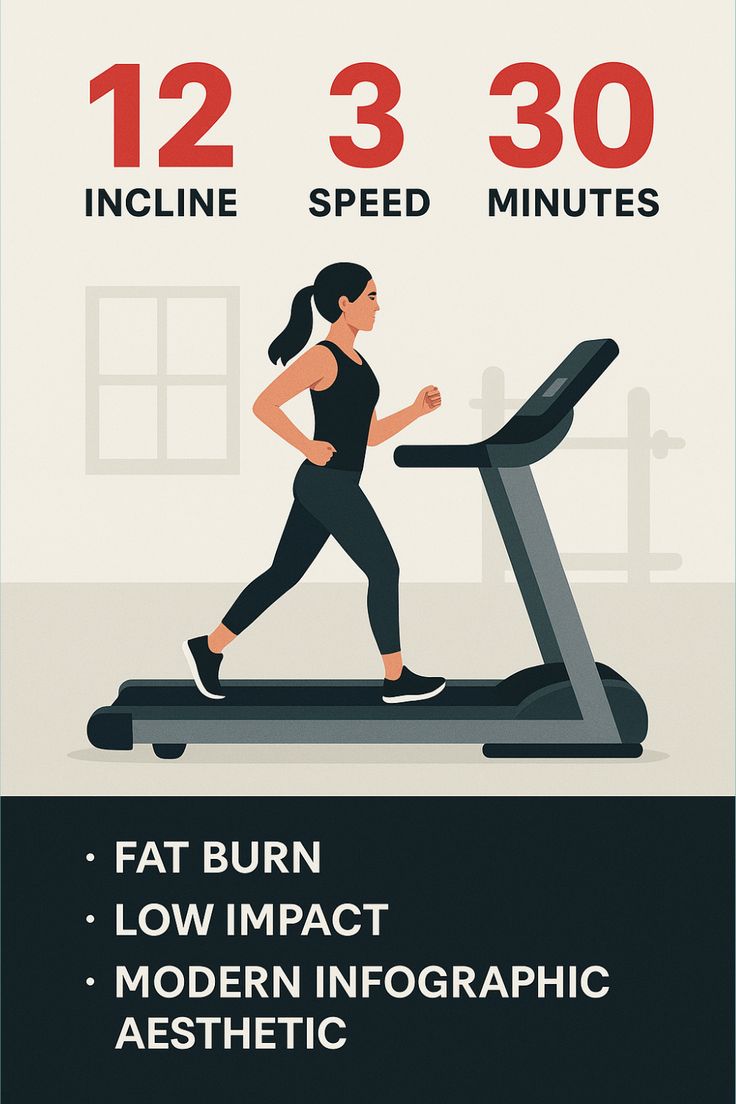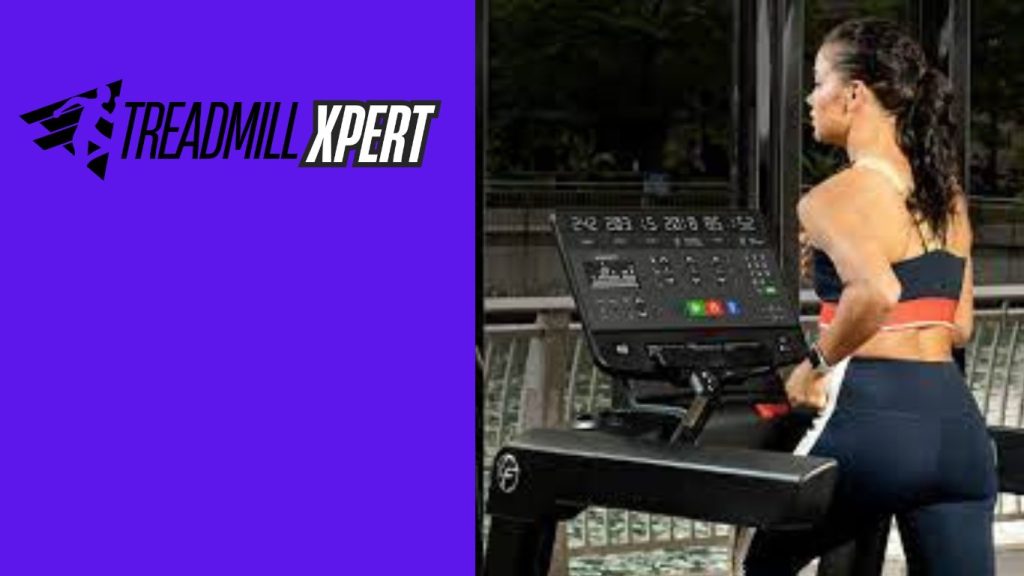Treadmills Have a Weight Limit: What You Need to Know
If you’re looking to start a treadmill workout routine, one of the most important—but often overlooked—factors is weight capacity. Yes, treadmills have a weight limit, and exceeding it can lead to safety hazards, performance issues, and damage to the machine.
Whether you’re walking for health or running for endurance, understanding treadmill weight limits is crucial for both safety and machine longevity. In this article, we’ll explain why treadmills have weight limits, how they vary by type and brand, and what to consider if you’re close to or above the standard limit.
Why Treadmills Have a Weight Limit
Treadmill weight limits exist to protect both the user and the equipment. Each treadmill is designed with specific materials and components—like the motor, deck, belt, and frame—that can only handle a certain amount of weight before wearing out or failing.
Here are the main reasons treadmills have weight limits:
1. Safety Hazards
If you exceed the treadmill’s weight limit:
-
The machine may shake, wobble, or shift during use
-
You risk tripping, slipping, or falling off
-
Components may suddenly fail under too much pressure
2. Performance Issues
Overloading a treadmill can cause:
-
The belt to slip
-
The motor to overheat or slow down
-
Inconsistent speeds and incline settings
-
Malfunctions during workouts
3. Premature Wear and Tear
A treadmills that is constantly overburdened will wear out faster. Key components like the motor, belt, and deck may degrade quickly, resulting in higher repair costs or complete machine failure.
4. Voided Warranty
Manufacturers often include weight limits in their warranty terms. If you exceed the weight capacity, your warranty may be void, meaning repairs or replacements won’t be covered.

What is the Typical Weight Limit for Treadmills?
Most treadmills fall within a weight capacity range of 200 to 400 pounds. However, the limit varies depending on the model, design, brand, and whether it’s intended for home or commercial use.
Here’s a breakdown:
1. Home Treadmills
-
Common range: 250 to 350 pounds
-
Entry-level models: Up to 250 pounds
-
Heavy-duty home models: Up to 375 pounds
2. Light Commercial Treadmills
-
Support heavier users: 350 to 500 pounds
-
Suitable for personal trainers, studios, or smaller gyms
3. Commercial Treadmills
-
Designed for high-traffic gyms: Up to 600 pounds
-
Built with industrial-grade parts for durability
4. Specialty Bariatric Treadmills
-
Heavy-duty models: 500 to 800 pounds or more
-
Used in medical rehab centers, physical therapy, and hospitals
Weight Limits by Popular Brands
Here’s what to expect from major treadmill brands:
-
NordicTrack (Home Treadmills): Up to 300 pounds
-
Sole Fitness (Home Models): 325–375 pounds, depending on model
-
Precor (Commercial Treadmills): Up to 500 pounds
-
Life Fitness: Up to 400–500 pounds, great for commercial use
Always check the manufacturer’s website or manual for the exact weight capacity of the model you’re considering.
What Happens If You Exceed the Weight Limit?
Running or walking on a treadmill above its capacity can cause a variety of problems:
1. Component Damage
The motor, deck, belt, and frame may fail or wear out faster, resulting in:
-
Grinding or clicking noises
-
Belt slippage or tearing
-
Motor overheating
2. Reduced Performance
-
The treadmill may slow down or lag during use
-
Incline/decline features may not function properly
-
You may notice jerky or uneven movement
3. Increased Noise
An overloaded treadmill will likely make more noise. These sounds are signs of internal stress and potential breakdowns.
4. Risk of Injury
A shaking or unstable treadmill puts the user at serious risk of falling. The heavier the load, the more difficult it is for the machine to stay balanced.
Tips If You’re Near the Weight Limit
If you’re close to the upper limit of a treadmill’s weight capacity, follow these tips:
-
Walk instead of run: Walking places less strain on the treadmill components
-
Use incline for intensity: Add incline to increase calorie burn without increasing impact
-
Choose cushioned surfaces: Treadmills are better than pavement for joint protection
-
Distribute weight evenly: Stand centered on the belt and use good posture
-
Avoid sudden stops or jumps: This reduces strain on the deck and motor
How to Choose the Right Treadmill for Heavy Users
If you’re a heavier user, selecting a high-capacity treadmill is essential. Here’s what to look for:
1. High Weight Capacity
Look for treadmills rated at least 50 pounds more than your body weight for better performance and safety.
2. Powerful Motor
Opt for a 3.0+ HP continuous-duty motor for smoother operation and longer life.
3. Extra Cushioning
Better shock absorption helps reduce impact on joints and increases user comfort.
4. Wide, Long Running Belt
Choose belts at least 20” wide and 60” long to give you room to move confidently.
5. Heavy-Duty Frame
A strong steel or alloy frame will provide the necessary stability and longevity for heavier users.

Consult a Fitness Expert
If you’re unsure which treadmill to choose based on your weight and workout needs, consult a fitness or equipment expert. They can help you:
-
Assess treadmill features
-
Find a machine built for your body type and goals
-
Understand how to maintain your treadmill properly
Conclusion
So, do treadmills have a weight limit? Absolutely. And it’s one of the most important specifications you should check before buying or using a treadmill. Exceeding that limit puts both the machine and user at risk of injury or equipment failure.
The good news is that many treadmills are available for users of all sizes, from home-use models to heavy-duty commercial machines. Whether you’re trying to lose weight, stay active, or improve your cardiovascular health, choosing the right treadmill will help you achieve your goals safely and effectively.
Always check the treadmill’s weight rating, and when in doubt, go for the more durable, higher-capacity option. Your safety and the treadmill’s lifespan depend on it.
